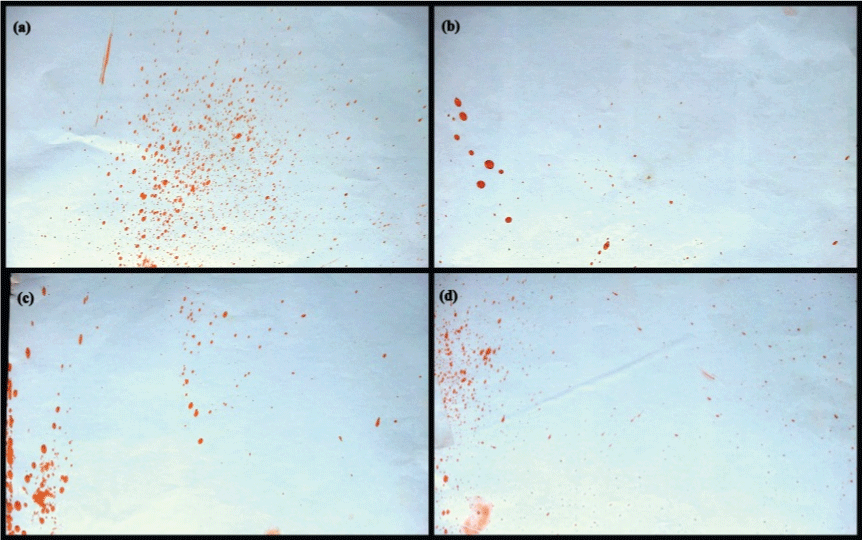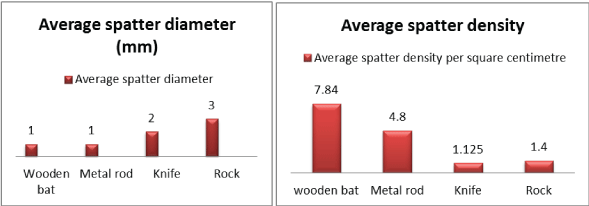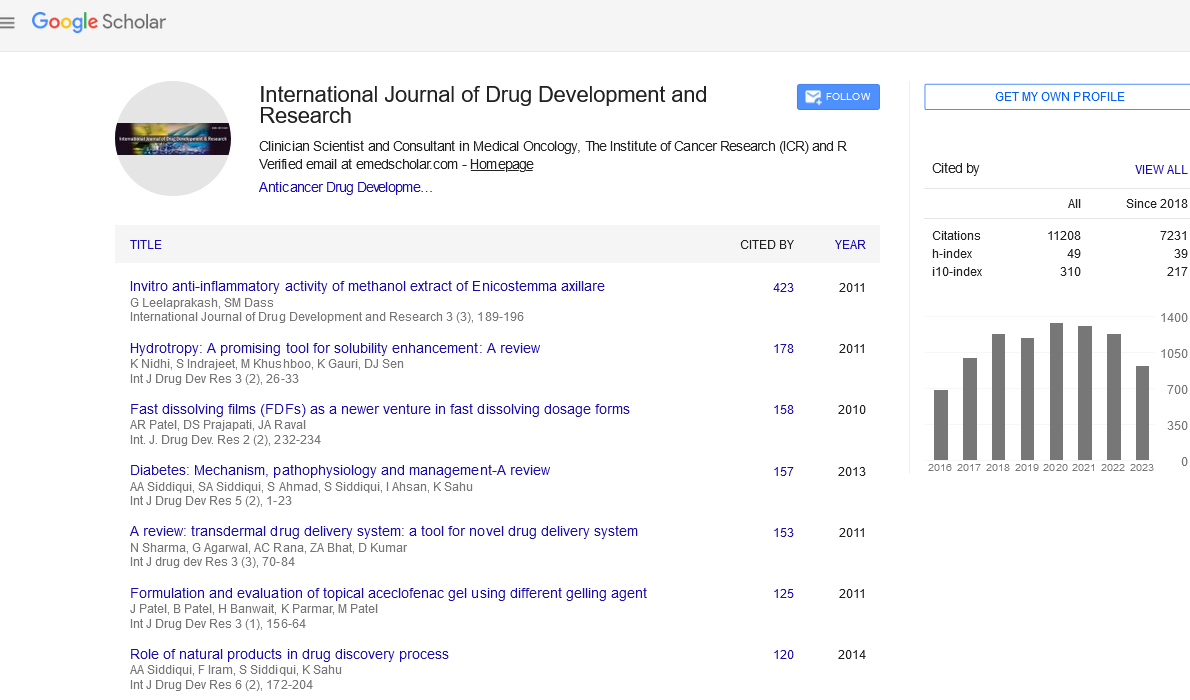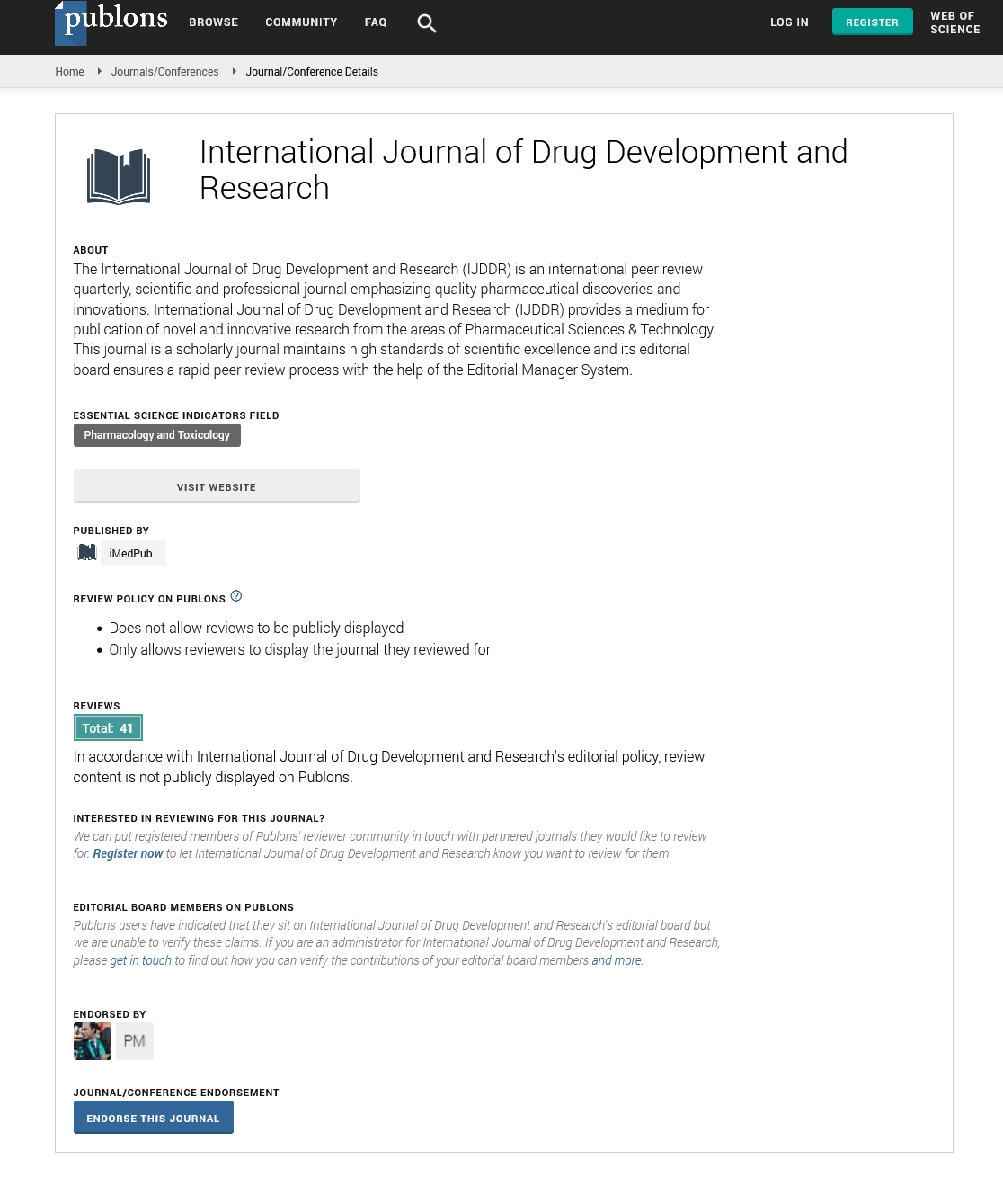Keywords
|
| Forensic blood spatter; Impact spatter; Medium velocity spatters |
Introduction
|
| Blood spatter analysis is a complex process to determine the trajectory path that the droplets would have followed to reach the surface of spatter. The analysis also helps us to find the origin or line of origin of the source. Surface tension and gravity are the most important factors that determine how blood acts outside the body [1]. The steeper the impact angle the spatter droplet gets elongated with a tail in the direction where the origin is. |
| Impact spatters occur when blood is spattered at a velocity that is due to other forces along with gravity to land it away from the body. Various types of velocity impact spatters result from different types of weapons due to the velocity they can impart. The effect of gravitational force only leads to low velocity spatters whose droplets would have large diameters [2,3]. Whereas high velocity spatters result from very high impact (100 ft/s velocity) leading to higher velocity of the spatter blood, which leads to extremely small droplets in the in the range of millimetres (mm) or less. Medium velocity impact spatters are often caused by blunt force traumas and the spatter droplet size varies up to 4 mm. |
| In the following experiment, spatters of a bat, metal rod (wheelaxle rod), a knife and a rock (broken cement block) have been analysed. |
Materials and Methods
|
|
Study and analysis of impact blood spatter patterns due to 4 objects that can cause blunt force traumas
|
| Using a Knife, wheel-axle rod, a wooden bat and a rock. |
|
Making fake blood
|
|
Requirements:
|
| 250 ml water, 500 ml beaker, 250 g corn flour, stirrer, red-orange and green food colouring. |
|
Procedure:
|
| 250 ml of water was measured and poured into a 500 ml beaker. 250 g of corn flour powder was added to the water and mixed till it was a consistent colloidal mixture.18 g of red-orange food colouring and 3 g of green food colouring was added to give it a realistic blood red colour. It was stirred again repeatedly, whenever used, due to the corn flour settling at the bottom [4]. |
|
For the spatter experiment
|
|
Requirements:
|
| A sponge (10 × 15 cm), a wooden cricket bat, a wheel-axle rod (metal rod), knife, a rock, fake blood, newspapers, A4 size papers as screens, a corner wall, scale, protractor. |
|
Procedure:
|
| A three walled corner was chosen for the experiment. The corner was covered with newspapers so as to protect the walls from staining. Two A4 sized sheets were placed on the two walls equidistant from the corner. A sponge was allowed to soak up the fake blood for around 10 minutes before it was placed 5 cm in front of the corner. The sponge was hit hard with the alleged weapon. The wheel-axle rod was used first; the impact and cast off stain patterns were observed. The screens were removed and documented. Another set of screens were put up. Next, the cricket bat was used, similarly the screen sheets were removed and documented after the cast off and impact patterns were observed. Similar procedure was followed for the knife. For the rock, just hitting the sponge didn’t reveal any spatters on the screen, so it was dropped from a height of 10 cm onto the sponge, which led to cast off and impact patterns [5]. |
| For every object, the experiment was repeated twice to check the consistency of the blood stain patterns. |
|
Documentation and analysis
|
| The paper screens were photographed and analysed for the size of the droplet and compared to the impact provided by the weapon. First, the average diameter of all the droplets, in a defined area were calculated and noted down. Second, the density of the blood droplets per five square centimetres was calculated and then, was converted to droplets per square centimetre. The results were documented and charted into a graph (Figure 2). |
|
Calculations
|
| The bloodstains on the screens were analysed to calculate the average spatter density and the average spatter diameter for each object. |
| The spatter density was calculated by counting the droplets in 5 square centimetre area and then the average of all the grids was calculated for each screen. |
| Average spatter density per 5 square centimetres- |
| Rock = 7 per 5 sq. cm = 1.4 per sq. cm |
| Knife = 6.25 per 5 sq. cm = 1.125 per sq. cm |
| Metal Rod = 24 per 5 sq. cm = 4.8 per sq. cm |
| Wooden bat = 39.2 per 5 sq. cm = 7.84 per sq. cm |
| The average spatter diameter was manually measured within each grid and the average was calculated as depicted in the chart (Figure 2). |
Results and Conclusions
|
| When the paper screens were analysed, the spatter analysis revealed that every weapon had caused a unique spatter varying in the droplets size, shape, angle and also the density as seen in Figure 1. The angle of the tail of the spatter droplets all align towards an origin point or a line of origin. |
| Further analysis of the average droplet size due to each of the objects showed that each spatter had significantly different droplet diameters. The rock yielded an average droplet diameter of 3 mm, followed by the knife which was 2 mm. Lastly, the metal rod and the wooden bat yielded an average droplet diameter of 1 mm. The resultant diameters trend that lower impact force or momentum lead to bigger droplet diameters (Figure 2). Furthermore the average density of droplets per square centimetre analysis revealed that the lowest impact yielded the lowest number of droplets per square centimetre. As in figure the wooden bat had the highest density of blood spatter followed by the rod, rock and then the knife. So the density of the spatter is directly proportional to the impact momentum whereas the droplet diameters are inversely proportional. |
| We can also conclude that no two patterns are exactly alike, due to which it becomes an important parameter for forensic investigations. It can give us a lot of clues regarding the place of origin of the spatter, the spatter speed which helps us identify or verify an alleged murder weapon. It was concluded that the higher impact of the object reduces the size of the droplet and increases their spatter density. The fake blood might not have the exact characteristics of real blood, but the experimental conclusions can help in interpreting real blood stain patterns better. |
Figures at a glance
|
 |
 |
| Figure 1 |
Figure 2 |
|








